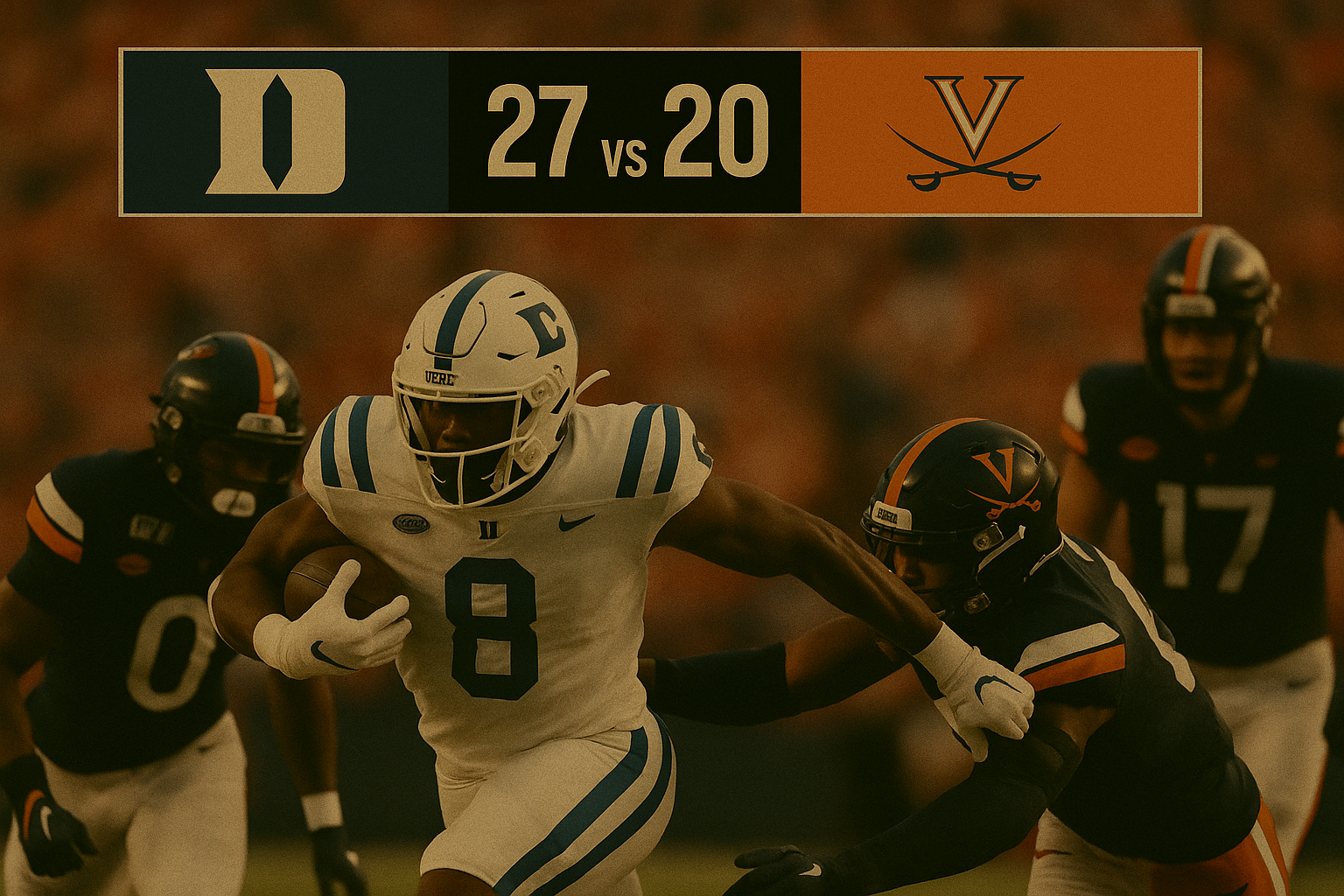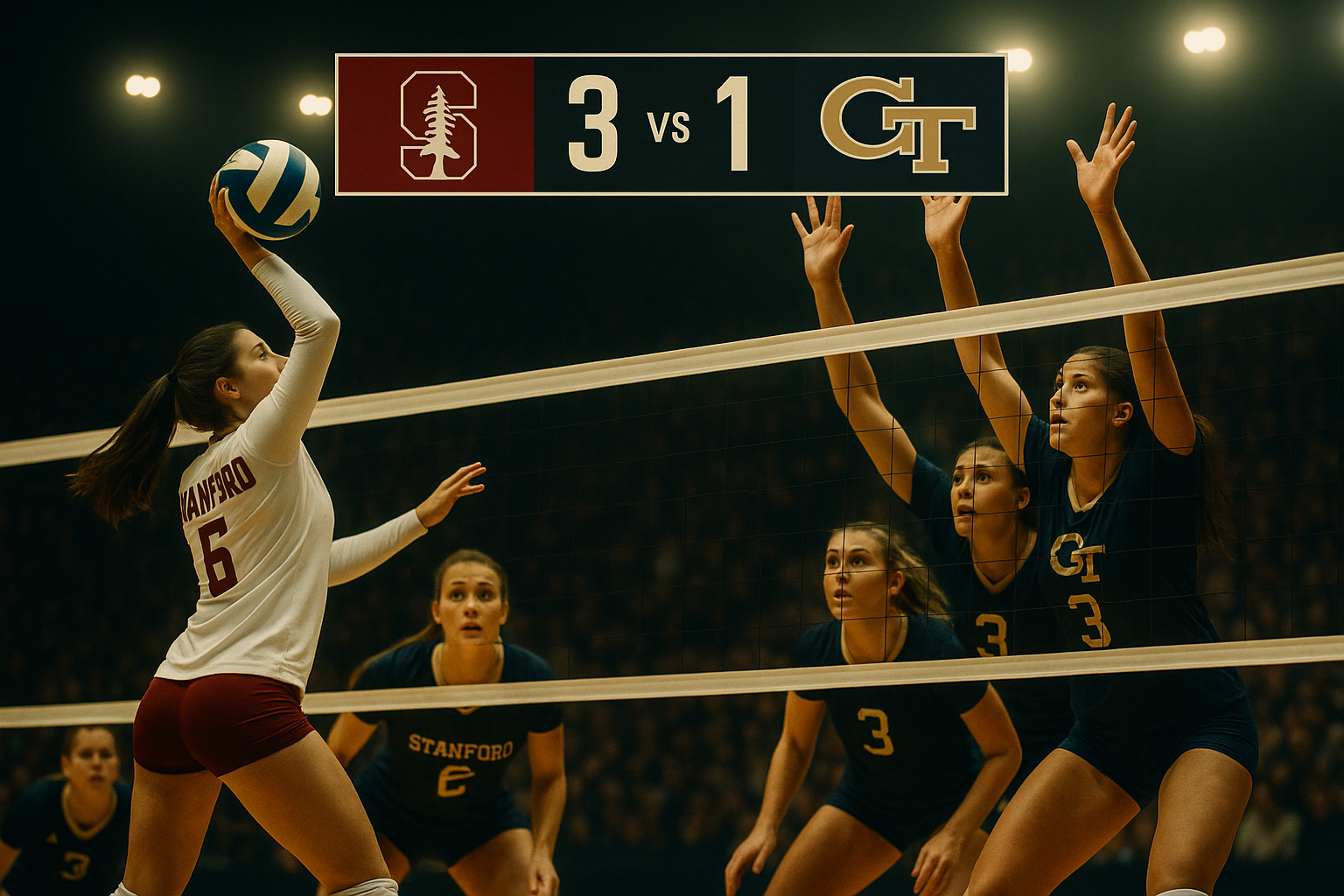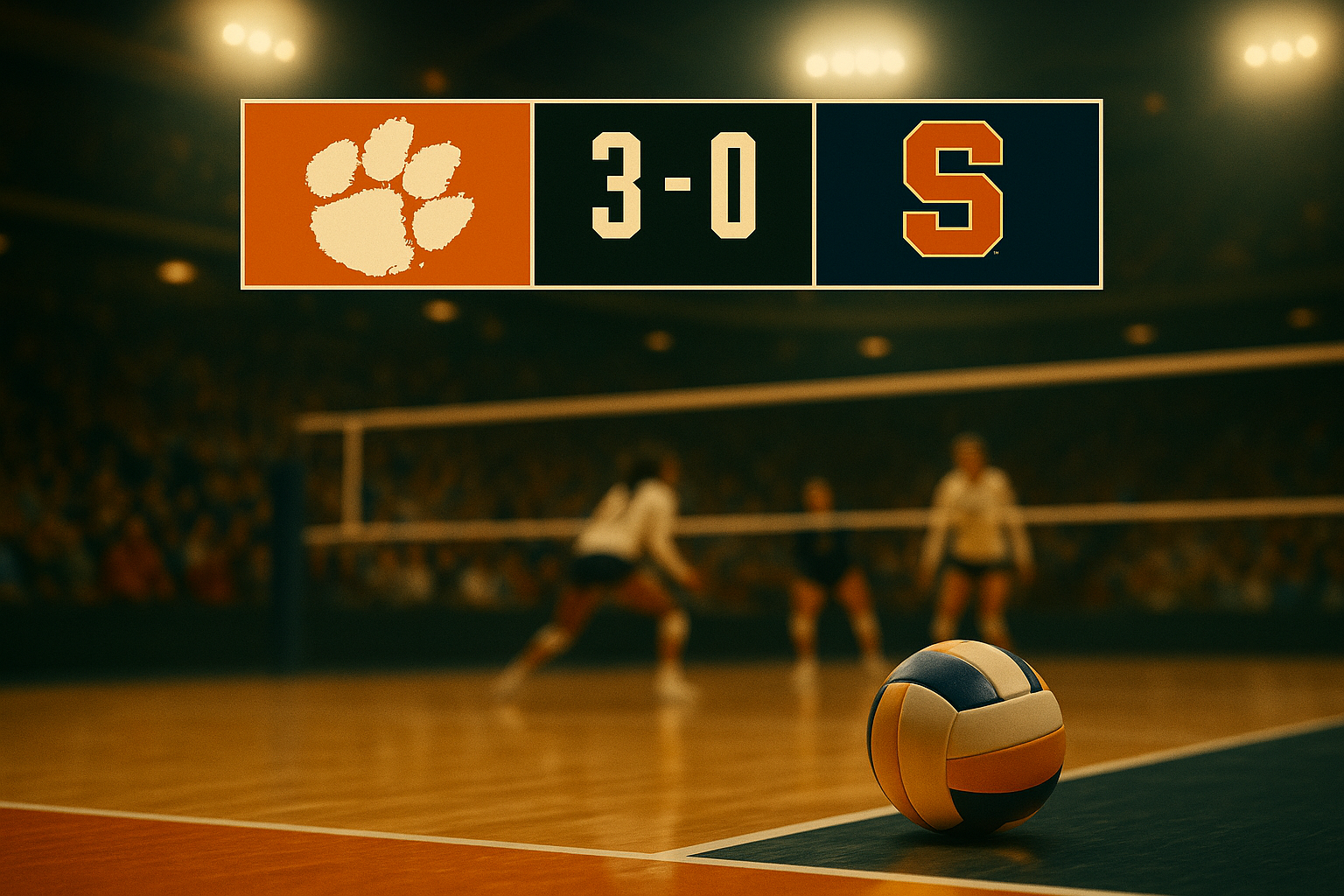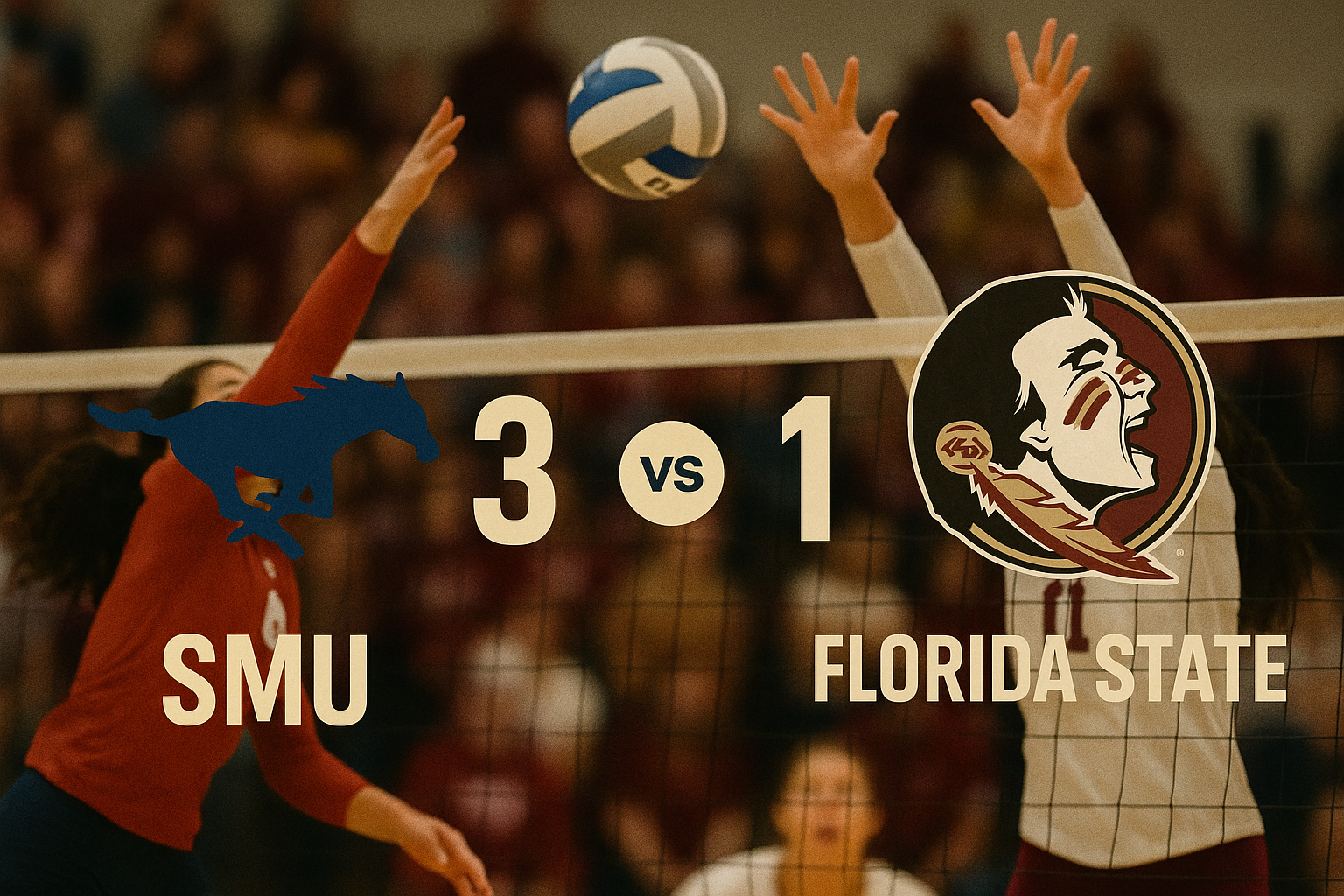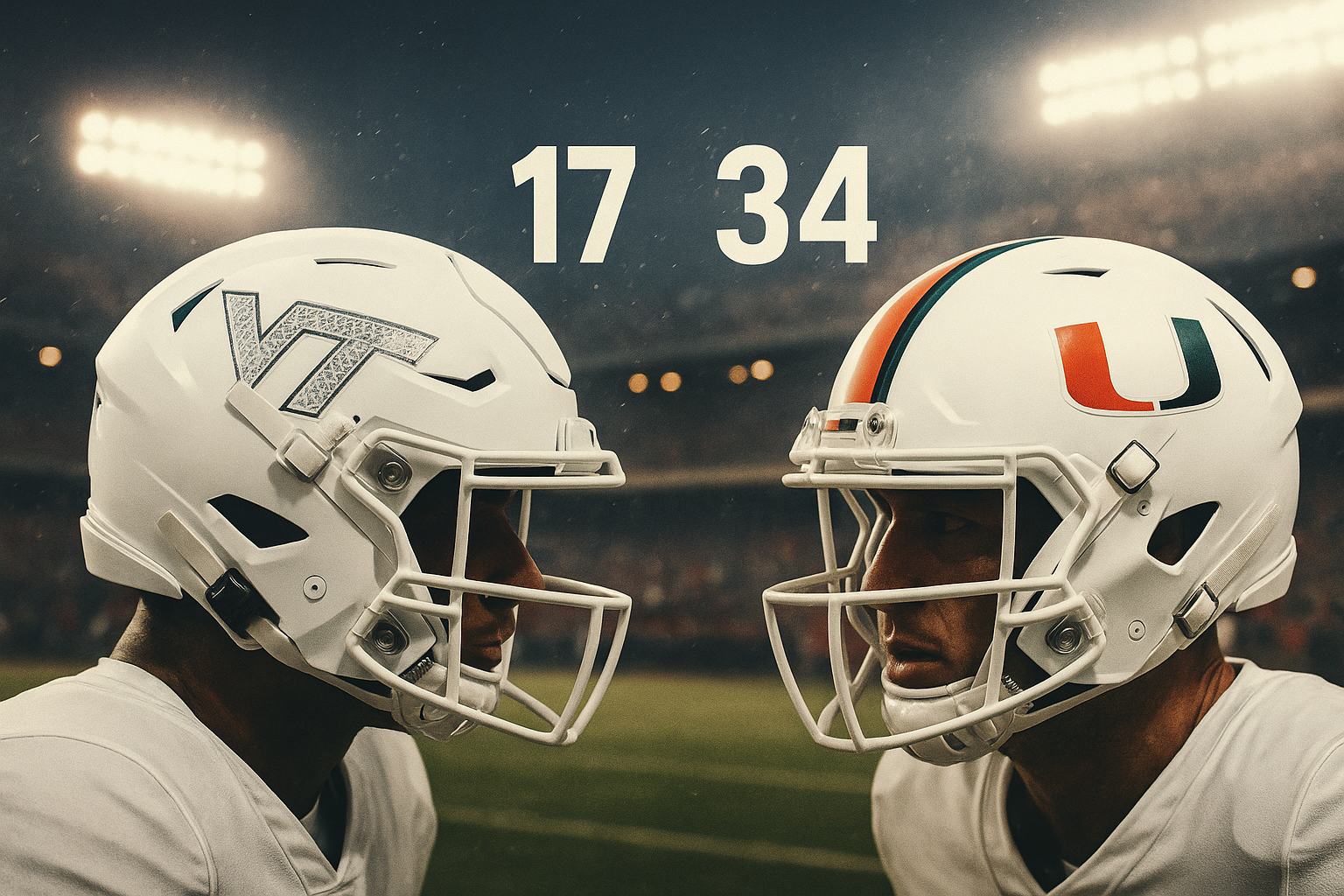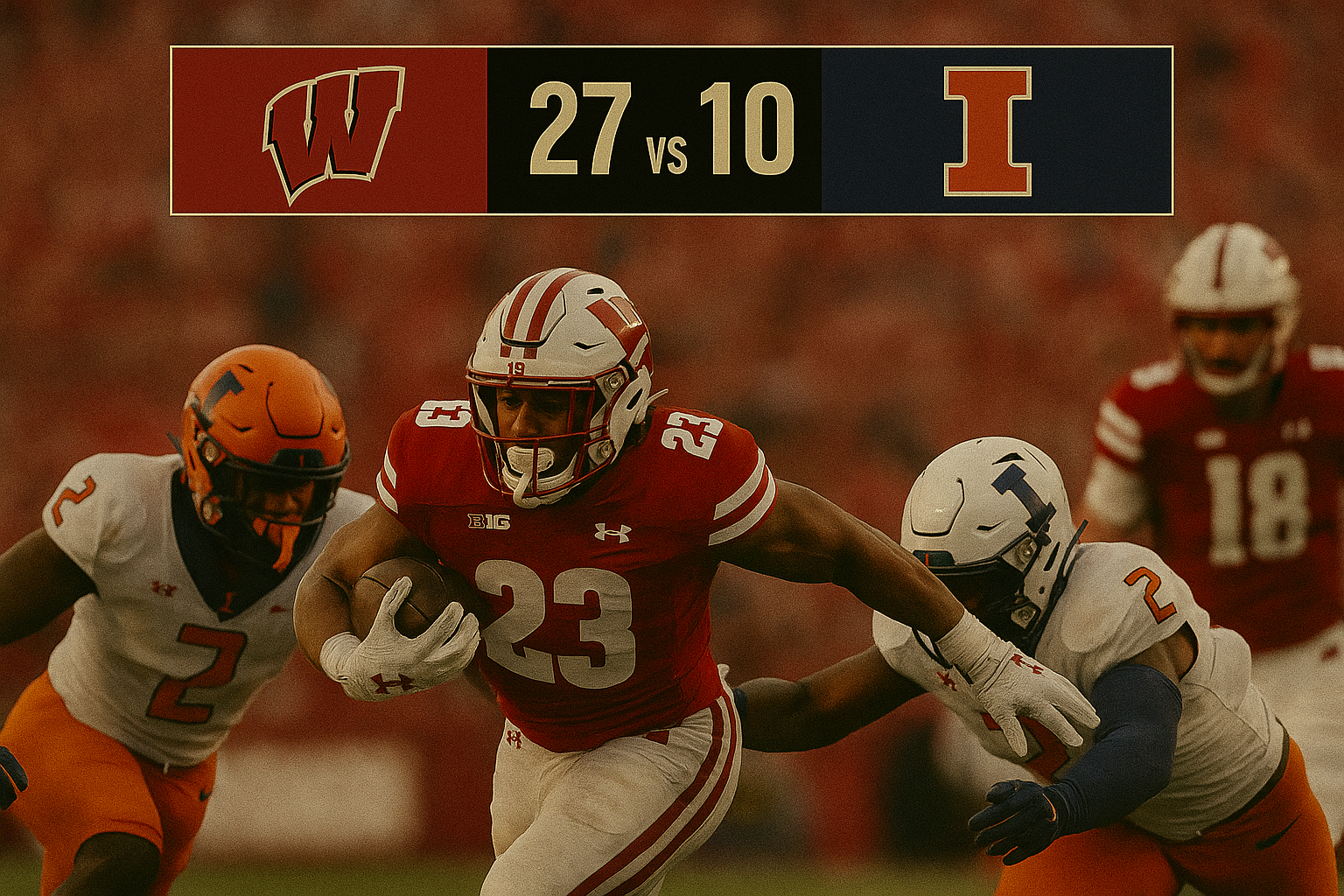Steelers Continue to Wait on Aaron Rodgers Decision as Offseason Timeline Tightens
Veteran Quarterback Remains Unsigned; Pittsburgh Keeps Door Open for a Potential Late Arrival
PITTSBURGH — As organized team activities (OTAs) approach, the Pittsburgh Steelers remain in limbo regarding veteran quarterback Aaron Rodgers. While speculation surrounding a possible signing has been swirling since February, no deal has been finalized. Steelers ownership and coaching staff appear willing to wait — at least for now — as Rodgers weighs his next move.
Rodgers, 41, became a free agent earlier this year after the New York Jets opted not to bring him back for the 2025 NFL season. Despite interest from several teams, the strongest and most persistent rumors have centered on Pittsburgh. Rodgers has visited the team’s facilities and even thrown passes to newly acquired receiver DK Metcalf, adding fuel to the speculation that he could become the Steelers’ next starter.
A Deliberate Decision-Making Process
Steelers team president Art Rooney II addressed the situation during both the April and May league meetings, reiterating that the team is open to waiting “a little while longer” for Rodgers to reach a decision. That patience, however, may have a shelf life. With Pittsburgh’s OTAs beginning May 27 and minicamp scheduled for mid-June, the team is quietly moving toward a point where clarity is needed.
The team’s depth chart currently features Mason Rudolph as the projected starter, backed up by sixth-round draft pick Will Howard and free agent signee Skylar Thompson. While there is familiarity with Rudolph and intrigue surrounding Howard’s long-term potential, none of the three quarterbacks are widely viewed as immediate game-changers.
Rodgers, despite his age and some decline in mobility, would instantly elevate the ceiling of the Steelers offense. In 2024, he threw for 28 touchdowns and 11 interceptions with the Jets — a respectable stat line considering his ongoing recovery from a previous Achilles injury.
Weighing the Risks and Rewards
Rodgers’ availability raises important questions for the Steelers front office. On one hand, his experience, accuracy, and ability to process defenses could provide a much-needed boost for a franchise seeking its first playoff win in nearly a decade. On the other hand, there are concerns about how his presence might impact locker room chemistry and the development of younger players.
The Steelers have built a roster that blends emerging offensive talent with veteran defensive leadership. Adding Rodgers could help the team contend for a postseason run in 2025, but it might also complicate internal dynamics — especially if he misses key offseason activities or demands a personalized approach to preparation.
There’s also the consideration of longevity. Rodgers would likely be a one-year solution, whereas the organization appears to be eyeing the 2026 NFL Draft as a potential turning point in its search for a franchise quarterback.
Timeline Tension
The longer Rodgers remains unsigned, the more it affects Pittsburgh’s ability to solidify its quarterback plans for 2025. OTAs are a critical period for player evaluation, installation of schemes, and building chemistry between quarterbacks and receivers. If Rodgers were to sign after these sessions, it could put the team behind schedule in integrating him into the offense.
Despite these concerns, the Steelers have shown no public signs of closing the door on the possibility. General manager Omar Khan has suggested that the team will carry four quarterbacks into training camp, leaving one slot presumably open for a high-profile addition — or competition via late free agency.
Future Outlook
Whether or not Rodgers suits up in black and gold, the 2025 season is shaping up to be a transitional one for the Steelers. With a bolstered receiver corps that includes DK Metcalf, a retooled offensive line, and an experienced defensive unit, Pittsburgh is positioned to compete. However, questions at quarterback could limit the team’s ceiling.
If Rodgers signs and performs at a high level, he could offer short-term stability and leadership. But if he falters or fails to fully engage, the experiment could backfire. Either way, the organization seems focused on a longer-term quarterback plan, likely centered around 2026 and a deeper draft class.
For now, the Steelers remain in a holding pattern — cautiously optimistic, but prepared for other outcomes.
